How To Access Sd Card On Android?
Accessing an SD card on an Android device is a common task that many users need to perform for various reasons, such as transferring files, expanding storage, or managing media. This article will guide you through the process of accessing and managing your SD card on an Android device, addressing common issues and providing practical solutions.
Introduction

In the era of smartphones, storage space is a valuable commodity. While many Android devices come with substantial internal storage, users often find themselves needing more space for apps, photos, videos, and other data. This is where an SD card comes in handy. An SD card can significantly expand your device's storage capacity, allowing you to store more data without compromising the performance of your device. However, accessing and managing an SD card on an Android device can sometimes be confusing, especially for those who are not tech-savvy. This article aims to demystify the process and provide a comprehensive guide on how to access and manage your SD card on an Android device.
Inserting the SD Card
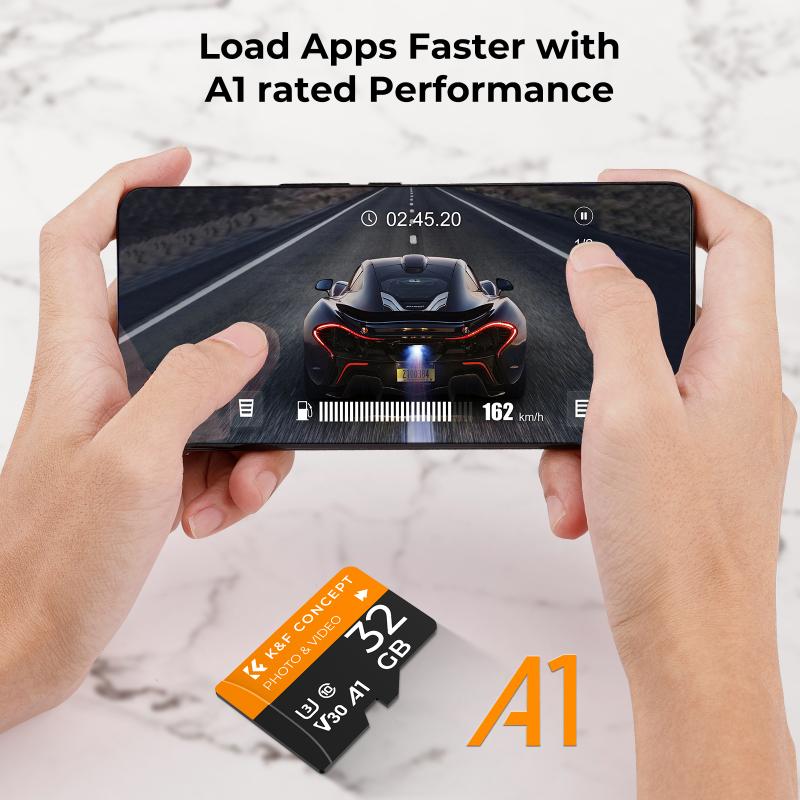
Before you can access your SD card, you need to insert it into your Android device. Here’s how you can do it:
1. Power Off Your Device: To avoid any potential damage, it’s best to turn off your device before inserting the SD card.
2. Locate the SD Card Slot: Depending on your device, the SD card slot may be located under the back cover or in a dedicated slot on the side.
3. Insert the SD Card: Carefully insert the SD card into the slot. Make sure it is properly aligned and fully inserted.
4. Power On Your Device: Once the SD card is inserted, turn your device back on.
Accessing the SD Card
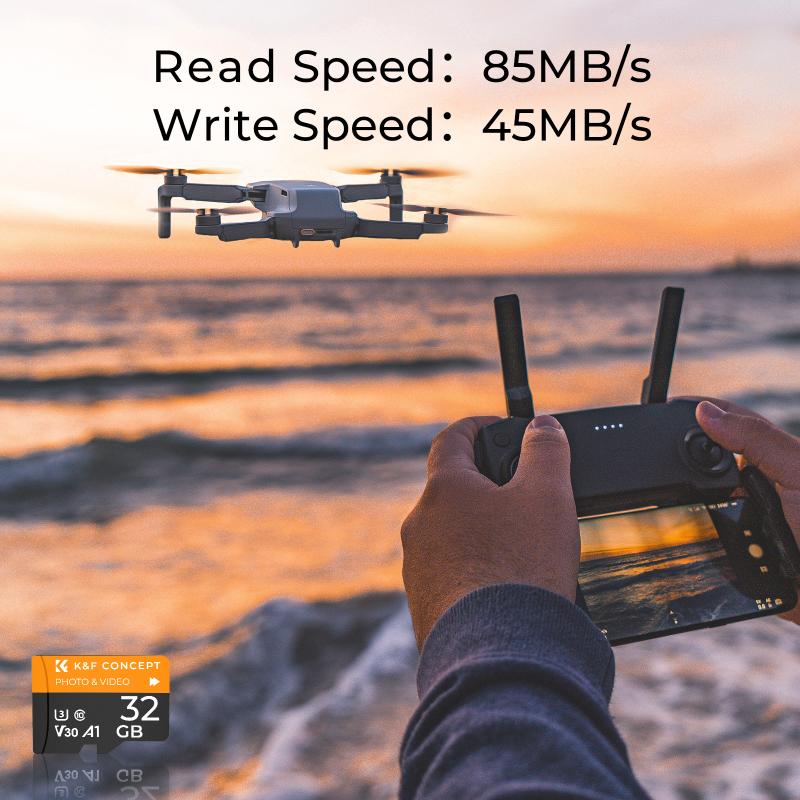
Once the SD card is inserted, you can access it using the following methods:
Using the File Manager
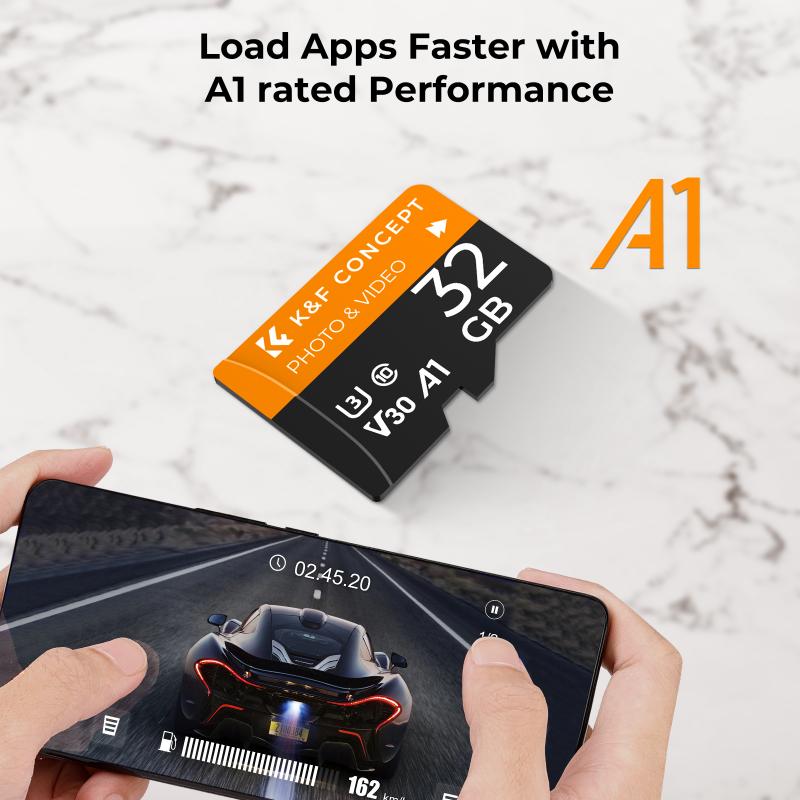
Most Android devices come with a built-in file manager app. Here’s how you can use it to access your SD card:
1. Open the File Manager: Locate and open the file manager app on your device. It may be named “Files,” “My Files,” or something similar.
2. Navigate to the SD Card: In the file manager, you should see an option for “SD Card” or “External Storage.” Tap on it to access the contents of your SD card.
3. Browse and Manage Files: You can now browse the files and folders on your SD card. You can also perform various actions such as copying, moving, deleting, and renaming files.
Using a Third-Party File Manager
If your device does not have a built-in file manager, or if you prefer a more feature-rich option, you can download a third-party file manager from the Google Play Store. Some popular options include:
- ES File Explorer
- Solid Explorer
- File Manager by Astro
These apps offer advanced features such as cloud storage integration, file compression, and more.
Transferring Files to and from the SD Card
Transferring files between your device’s internal storage and the SD card is a common task. Here’s how you can do it:
1. Open the File Manager: Open the file manager app on your device.
2. Select the Files: Navigate to the files you want to transfer. Long-press on a file to select it. You can select multiple files by tapping on them.
3. Copy or Move the Files: Once the files are selected, tap on the “Copy” or “Move” option.
4. Navigate to the Destination: Navigate to the destination folder on your SD card or internal storage.
5. Paste the Files: Tap on the “Paste” option to complete the transfer.
Setting the SD Card as Default Storage
If you frequently run out of internal storage, you can set your SD card as the default storage for certain types of data, such as photos, videos, and app installations. Here’s how you can do it:
For Photos and Videos
1. Open the Camera App: Open the camera app on your device.
2. Access the Settings: Tap on the settings icon (usually a gear icon) in the camera app.
3. Change Storage Location: Look for an option that says “Storage Location” or “Save to.” Select “SD Card” as the default storage location.
For App Installations
Note that not all devices support moving apps to the SD card, and some apps may not function properly when moved. Here’s how you can do it if your device supports it:
1. Open Settings: Open the settings app on your device.
2. Navigate to Apps: Tap on “Apps” or “Applications.”
3. Select the App: Select the app you want to move to the SD card.
4. Change Storage Location: Tap on “Storage” and then select “Change” or “Move to SD Card.”
Formatting the SD Card
If you encounter issues with your SD card, such as it not being recognized by your device, you may need to format it. Formatting will erase all data on the SD card, so make sure to back up any important files before proceeding. Here’s how you can format your SD card:
1. Open Settings: Open the settings app on your device.
2. Navigate to Storage: Tap on “Storage” or “Device Care.”
3. Select the SD Card: Tap on the SD card option.
4. Format the SD Card: Tap on “Format” or “Format SD Card” and follow the on-screen instructions.
Troubleshooting Common Issues
SD Card Not Recognized
If your SD card is not recognized by your device, try the following steps:
1. Reinsert the SD Card: Power off your device, remove the SD card, and reinsert it.
2. Check for Damage: Inspect the SD card for any physical damage.
3. Try a Different Device: Insert the SD card into a different device to see if it is recognized.
4. Format the SD Card: If the SD card is still not recognized, try formatting it using a computer.
Slow Performance
If your device is slow when accessing the SD card, try the following steps:
1. Use a High-Speed SD Card: Make sure you are using a high-speed SD card (Class 10 or UHS-I).
2. Limit Background Processes: Close any unnecessary apps running in the background.
3. Format the SD Card: Formatting the SD card can sometimes improve performance.
Accessing and managing an SD card on an Android device is a straightforward process once you know the steps involved. Whether you need to transfer files, expand your storage, or troubleshoot issues, this guide provides you with the knowledge and tools to effectively manage your SD card. By following these steps, you can ensure that your SD card is properly utilized, enhancing the overall functionality and performance of your Android device.

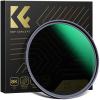
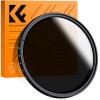


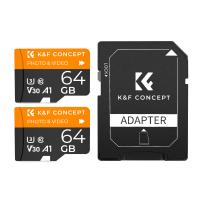

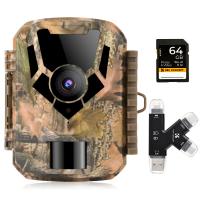
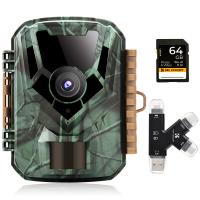





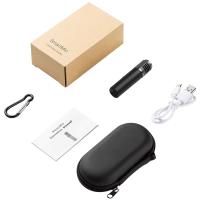


There are no comments for this blog.